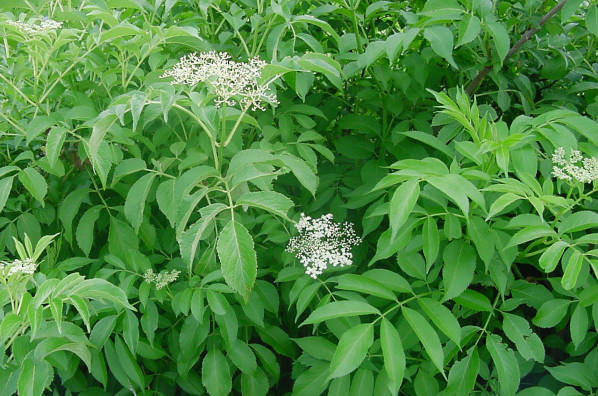The North Carolina Botanical Garden has several mature inkberries and they’re taller than me and quite beautiful. I’m hoping these grow to the upper end of the height range in the next several years.
Here’s one from yesterday’s time down in Arcadia:
Many of the hollies are native and pollinators, and I still have a plant to plant winterberry hollies up front on the outside of our front fencing, as well as the more usual American holly trees along the side fence - where I’d like to limb them up so they provide screening up high but leave the fence area clear. Because the hollies in general are slow growers, I’ve wanted to purchase more mature plants for these two projects - which means more $ and also bigger holes needing to be dug, so it’s gotten pushed to the bottom of my list each fall. Maybe this fall I can tackle this. For now, though, I’m enjoying seeing the little inkberry hollies gain some height each season.
More info:
Ilex glabra
Ilex glabra (L.) A. Gray
Inkberry, Gallberry
Aquifoliaceae (Holly Family)
Synonym(s):
USDA Symbol: ilgl
USDA Native Status: L48 (N), CAN (N)
A mound-shaped, colony-forming shrub, somewhat open with age, 6-12 ft. tall and wide. Lance-shaped, sparingly-toothed, glossy, leathery foliage varies in color from dark- to light-green both in summer and fall. Inconspicuous flowers are followed by black berries which persist well into winter. This species differs from all other evergreen hollies by lacking spines on the leaves, only having teeth toward the tip of the leaves.







